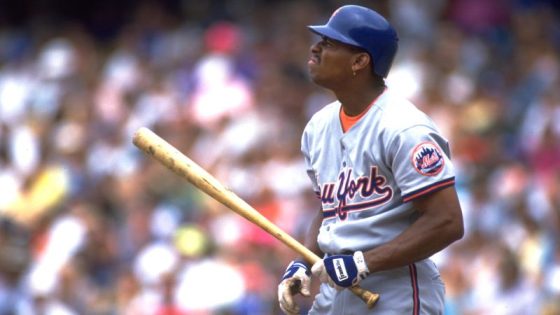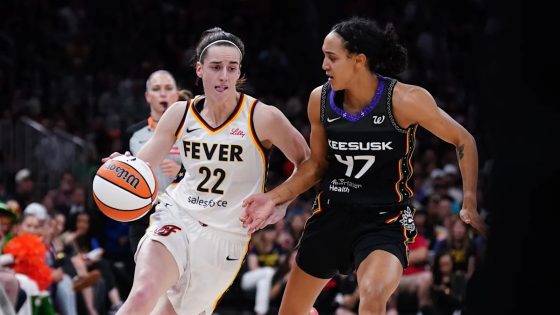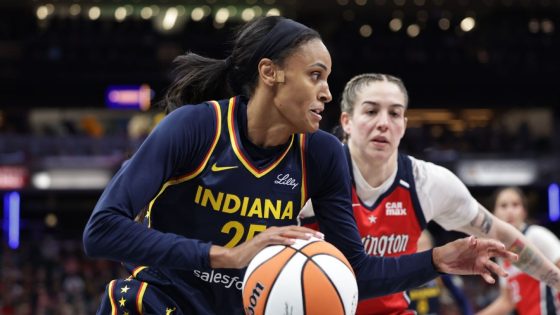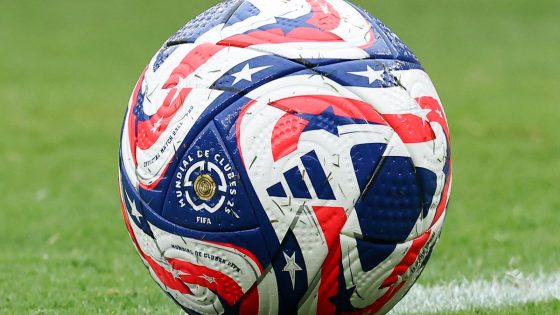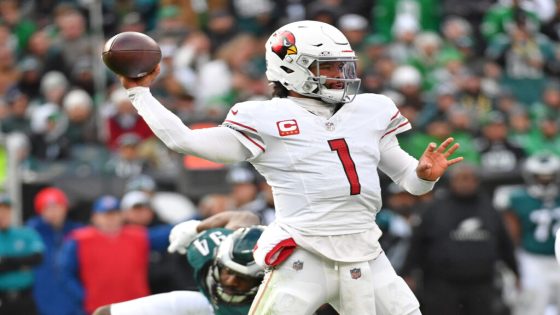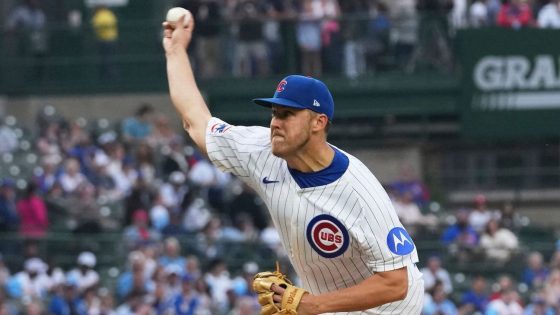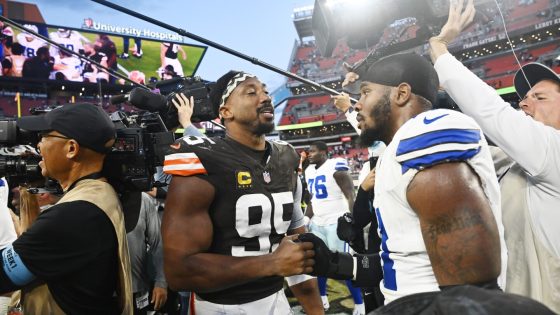In the world of sports, few stories capture attention like that of Bobby Bonilla, a former MLB player who hasn’t donned a baseball glove in over 24 years. Every July 1, known as Bobby Bonilla Day, he receives a staggering paycheck from the New York Mets, reminding fans of the unique nature of deferred contracts in sports.
- Bobby Bonilla Day celebrated on July 1
- Bonilla receives $1.2 million annually
- Payments deferred until 2035 due to Madoff
- Wilpon's investment blunder led to Bonilla's payday
- Deferred contracts common in Major League Baseball
- Historical context of deferred payments in sports
Bonilla, who retired in 2001, collects nearly $1.2 million annually from the Mets, a deal stemming from a contract negotiated in the late 1990s. This arrangement, which extends until 2035, has become a fascinating case study in sports finance and contract negotiation, particularly relevant as we approach July 1, 2025.
As the sports world evolves, how many more players will follow in Bonilla’s footsteps? This intriguing question leads US to consider the implications of deferred contracts in today’s game.
The ongoing saga of Bobby Bonilla highlights the complexities of sports contracts and the financial strategies teams employ. His case raises questions about the sustainability of such arrangements in modern sports.
- Bonilla’s contract will total nearly $29.8 million by its end.
- Deferred payments are becoming more common, as seen with Shohei Ohtani’s recent deal.
- Teams often defer payments to manage cash flow and invest elsewhere.
- Bonilla’s situation stems from a financial miscalculation by former Mets owner Fred Wilpon.
As we look ahead, fans should keep an eye on upcoming signings and contracts, as the landscape of sports finance continues to evolve. Will more players opt for deferred payments to secure long-term financial stability?



